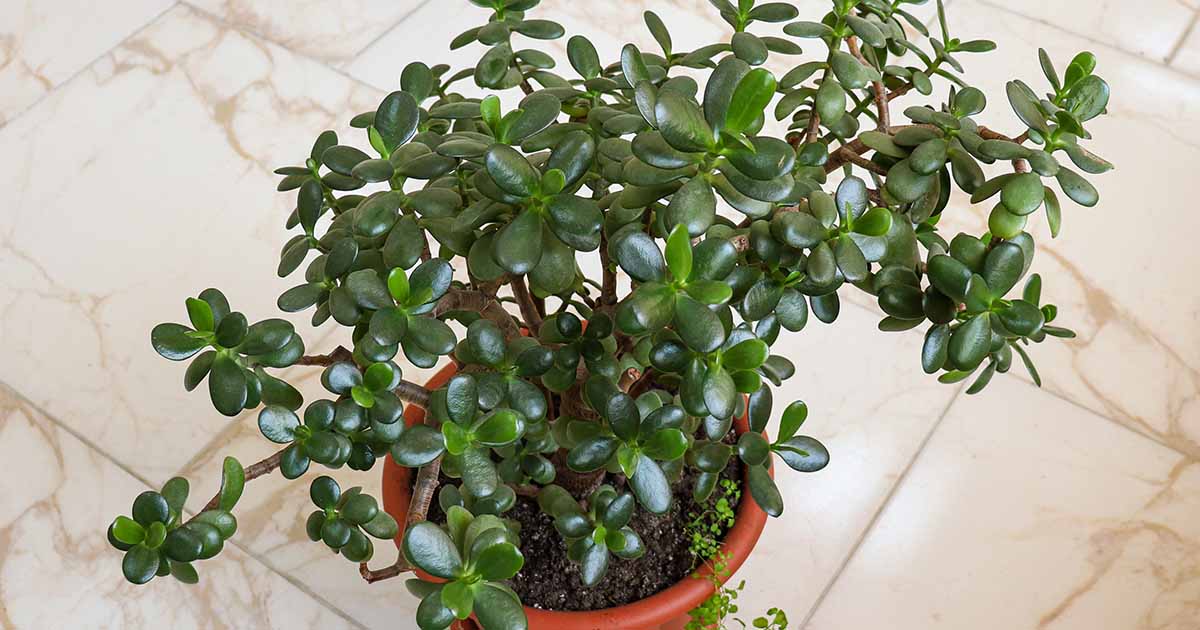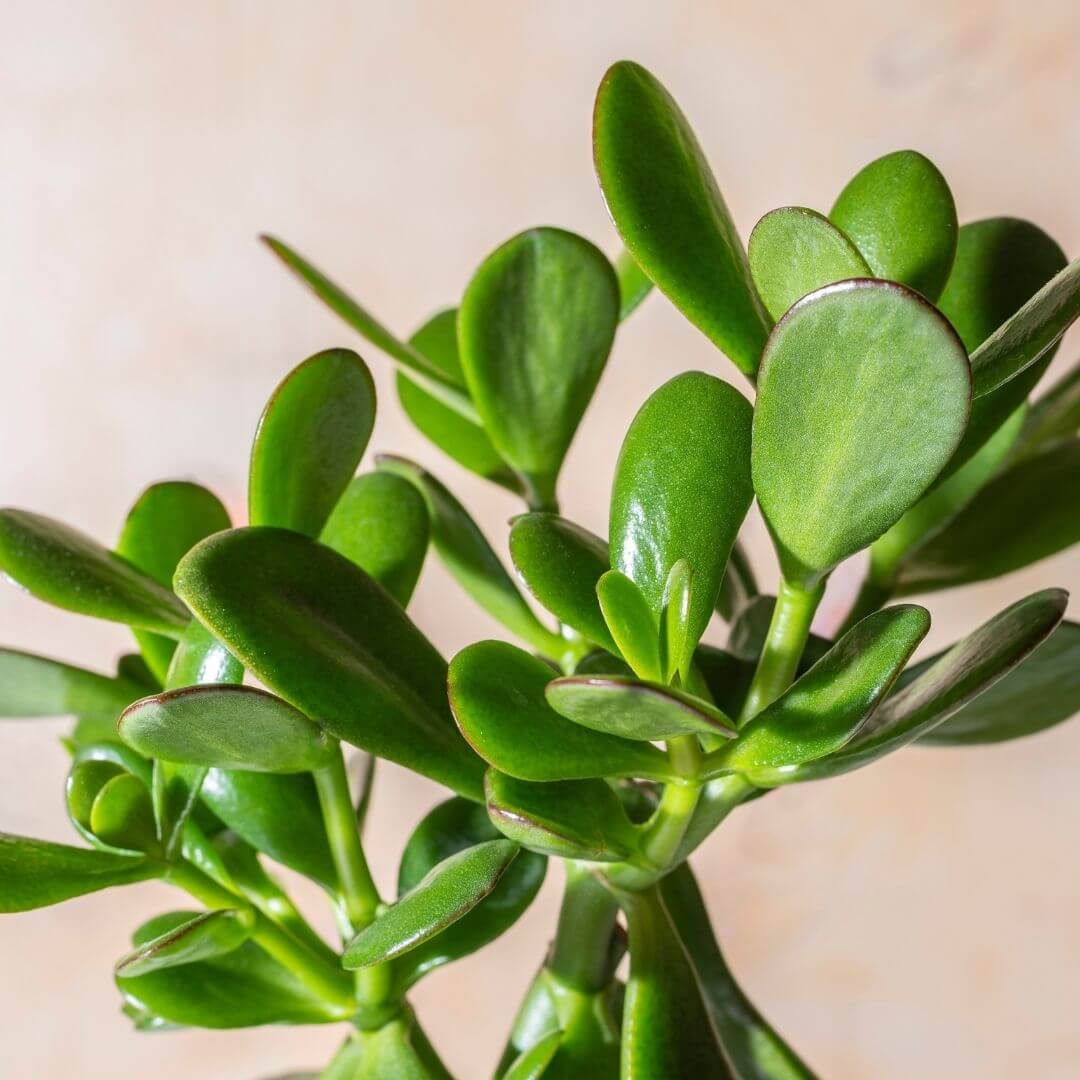Jade plants (Crassula ovata) are popular houseplants prized for their easy care, drought tolerance, and attractive glossy green leaves. But sometimes these succulents start dropping leaves and branches, leaving their stems bare. What causes this leaf and branch loss in jade plants, and how can you fix it?
There are several common reasons a jade plant may start shedding its foliage and stems. The good news is that with a few simple adjustments to care, you can get your plant thriving again. Read on to learn why your jade plant is dropping leaves and branches and how to revive it.
6 Reasons a Jade Plant Drops Leaves and Branches
Here are the most likely causes of leaf and branch drop in jade plants
1. Underwatering
Jade plants are drought-tolerant but need occasional deep watering. Too little moisture causes the leaves to yellow, shrivel and drop off
2. Overwatering
While jade plants don’t need frequent watering, soggy soil can damage the roots and lead to leaf drop. Provide thorough watering only when the top inch of soil dries out.
3. Insufficient Light
Low light prevents the jade plant from producing enough energy through photosynthesis. It drops leaves and branches while reaching for sunlight.
4. Temperature Stress
If exposed to sudden cold drafts or a decline in temperatures, a jade plant will shed foliage and branches. Maintain temperatures above 60°F.
5. Fertilizer Problems
Too much fertilizer can burn roots and cause leaf drop. But a lack of nutrients also leads to yellowing leaves that fall off. Use balanced fertilizer at half-strength every 2-3 months.
6. Pests
Common jade plant pests like mealybugs, spider mites, and scale insects can all lead to leaf and stem drop Inspect regularly and treat any infestations
How to Fix a Jade Plant Losing Leaves and Branches
Once you’ve diagnosed the cause of the leaf drop, take action to revive your jade plant:
-
Adjust watering: Water thoroughly only when the top inch of soil is dry. Repot in fresh soil if overwatered.
-
Increase sunlight: Provide at least 6 hours of bright, indirect light daily. Rotate the plant to expose all sides.
-
Minimize temperature fluctuations: Keep the plant above 60°F and avoid cold drafts.
-
Change fertilizing habits: Flush soil to remove excess fertilizer, then use diluted liquid fertilizer every 2-3 months.
-
Treat pests: Remove insects with insecticidal soap, neem oil or alcohol solution. Apply neem oil to deter future infestations.
-
Prune back damage: Trim off severely affected leaves and branches to just above healthy growth.
-
Propagate bare stems: Remaining leafless stems can be propagated to eventually form new rosettes.
With the underlying problem fixed, your jade plant will soon produce new leaves and branches. Proper ongoing care will prevent future leaf and stem drop.
How to Prevent Jade Plant Leaf Loss
Follow these 7 tips to keep your jade plant healthy and avoid dropping leaves:
-
Water only when the top inch of soil is dry, then soak thoroughly.
-
Provide at least 4 hours of direct sun or bright, indirect light daily.
-
Keep room temperatures above 60°F year-round.
-
Dust leaves regularly to prevent pest infestations.
-
Repot every 2-3 years in fresh, well-draining soil to replenish nutrients.
-
Prune annually to promote bushy, compact growth.
-
Mist occasionally to increase humidity around the plant.
Sticking to these best practices when caring for your jade plant will help ensure beautiful, full foliage growth for years to come.
What to Do With Bare Jade Plant Stems After Leaf Drop
Once your jade plant drops its leaves, you’ll be left with bare stems. Here are a few options for what to do with them:
-
Leave the bare stems in place – new growth may eventually emerge even without leaves.
-
Take 3-6 inch stem cuttings and root them in water or soil to propagate new plants.
-
Prune back to 1-2 inches above soil level – this encourages fresh branches to sprout.
-
Remove completely and propagate the cuttings or dispose of if damaged extensively.
-
Braid and wire together long bare stems to create interesting shapes.
Don’t discard those bare jade plant branches too quickly! With some time and effort, you may be able to salvage them to regrow your plant.
Common Questions About Jade Plants Dropping Leaves and Branches
Here are answers to some frequently asked questions about jade plant leaf and branch loss:
Why are my jade plant’s leaves falling off and branches are bare?
This is usually caused by underwatering, overwatering, insufficient sunlight, temperature stress, improper fertilizing, or pests. Analyze care to diagnose.
How can I revive my jade plant that dropped its leaves?
Adjust watering, increase sunlight, maintain ideal temperatures, tweak fertilizer, and treat any pests. Prune damage and propagate cuttings.
Should I remove the fallen leaves from a jade plant?
Yes, clear out shed leaves to prevent disease and pests and keep the pot tidy. Try propagating fresh fallen leaves too!
How long does it take for a jade plant to grow new leaves?
With good care, new foliage typically begins to fill in after 2-4 weeks. But significant regrowth may take a few months, especially from a bare stem.
When should I mist my jade plant?
Occasional misting provides humidity benefits but isn’t required. Focus more on proper watering and sunlight.
With the right troubleshooting, a jade plant dropping its leaves and branches can make a full recovery. Just be sure to identify and address the underlying cause, whether it’s underwatering, pests, or another cultural issue. Then provide attentive care to help your jade regain its beautiful rosette shape.

Jade plant leaf drop can be caused by a number of factors. Let’s get to the bottom of this.

Overwatering
Jade plants can drop leaves if they are getting watered too often. Be sure to only water the soil when it is 100% dry. Water slowly and deeply till water starts trickling out of the drainage hole, then remove any excess water captured in the saucer.
Underwatering
Rapidly falling jade leaves that are dry and shriveled could be a sign of underwatering. Water deeply until water trickles out of the drainage hole, and make sure you check the soil on a regular basis so the plant’s soil is never bone-dry for too long. Jade plants are thirstier in spring and summer, so expect the soil to dry out more often during those months.
Too Low of Light
Is your plant getting enough light? Jade plants love bright light! Ideally, they need sunlight for at least 4 hours a day when grown indoors. Smaller plants should be kept in bright, indirect light, but mature plants can tolerate more direct sunlight. Placement by a south- or west-facing window is ideal for growing jade plants indoors.
Pests
Check closely for pests! Mealybugs and scale insects could be causing your Jade to drop leaves. They make the leaves sticky and encourage the growth of mold, as well as deformed and falling leaves. If any signs of pests are discovered, quarantine the plant and treat it immediately.
